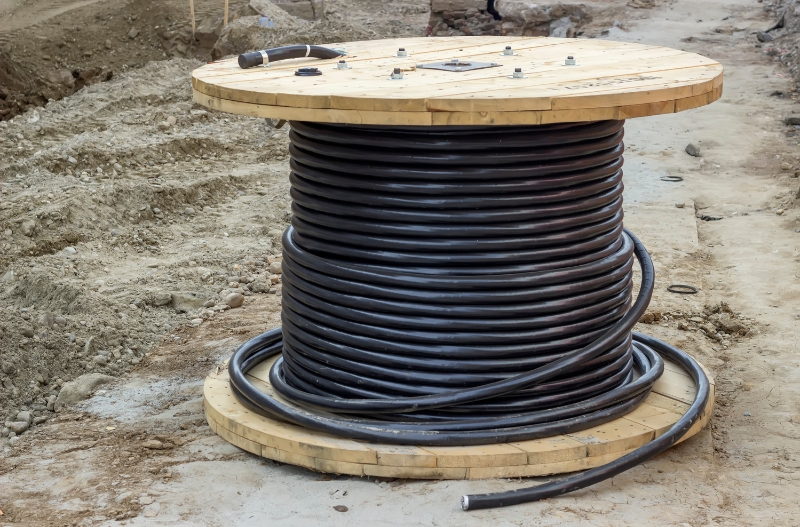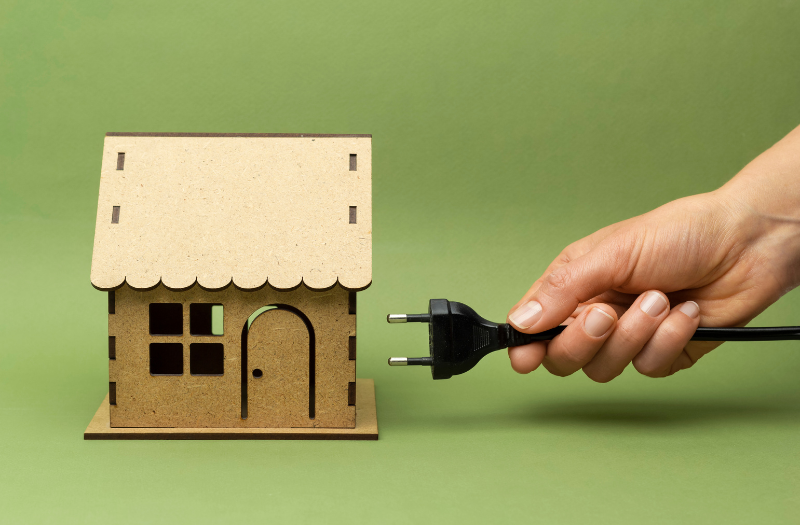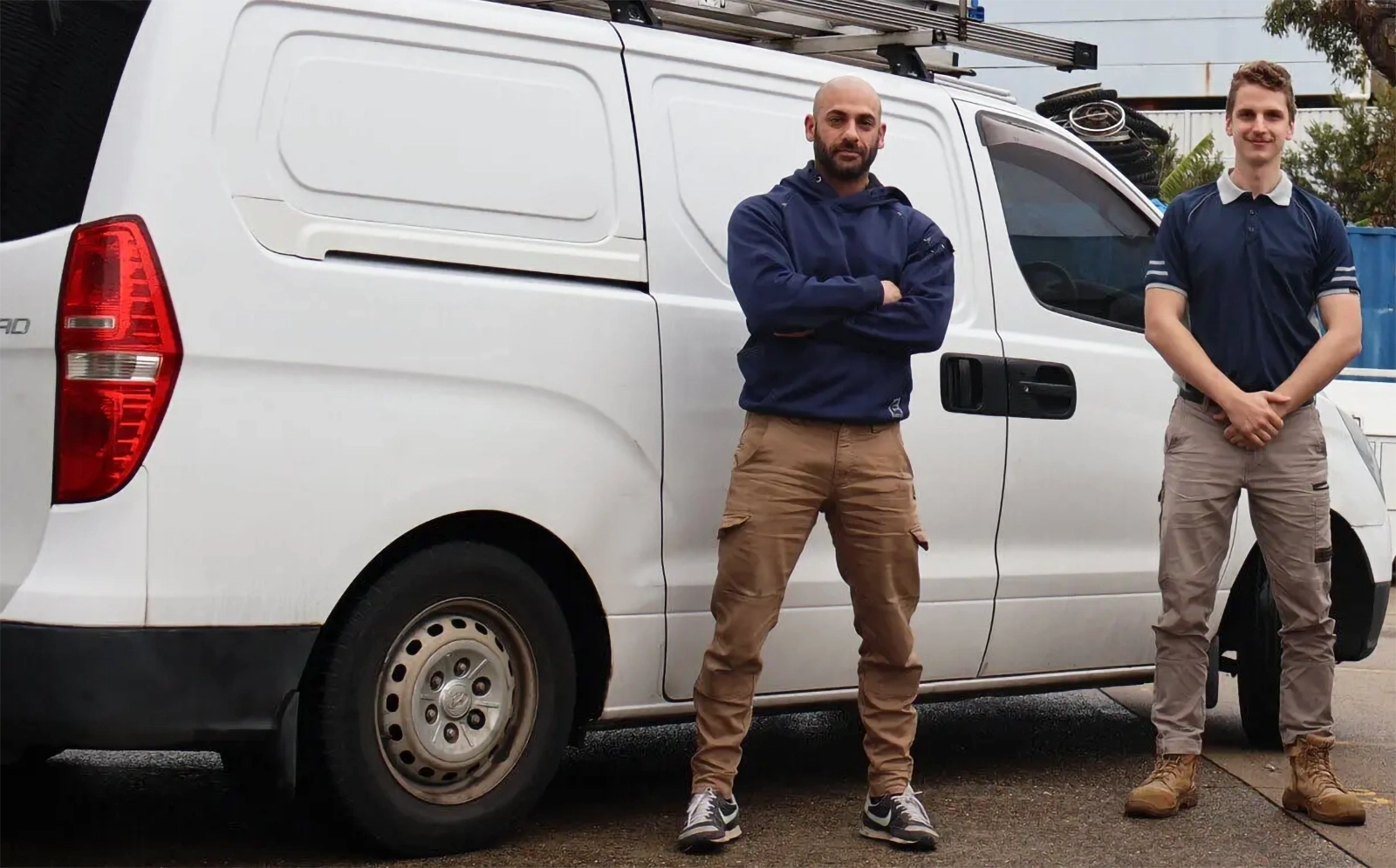What Are Consumer Mains and Why Are They Important?
You might not have thought much about how electricity gets to your home or business, but behind the scenes, a crucial component works constantly to ensure you have reliable power: the consumer mains.
These electrical cables connect your property’s main switchboard to the electrical supply network, and often go unnoticed until something goes wrong.
Understanding their role is essential for maintaining a safe, compliant, and reliable power supply. This article will explain what consumer mains are, why they matter, when they should be upgraded, and who is qualified to work on them.

What Are Consumer Mains?
Consumer mains are also known as supply cables, service lines, or simply “mains power” or “mains electricity”.
They’re the electrical cables that connect your property’s main switchboard to the electricity supply from the street, either from overhead lines or an underground connection.
Consumer Mains Cable Size and Type
There are different sizes and types of consumer mains cables. Choosing the right one is critical.
Your electrician will determine the correct cable size based on your property’s current electrical load and any anticipated future upgrades.
Overhead vs Underground Consumer Mains
There are two ways to install consumer mains, overhead and underground, each method has its own pros and cons. Your electrician, local network, and local conditions will determine which installation is best suited for your property.
Overhead Consumer Mains
- Connected via power poles and aerial lines
- Generally quicker and cheaper to install or repair
- More exposed to environmental factors like wind, trees, and storms
Underground Consumer Mains
- Run in conduit beneath the ground
- Generally safer and more aesthetically pleasing
- More costly to install, but better protected from environmental damage

What Do Consumer Mains Do?
The job of the consumer mains is to safely carry electricity from the utility supply to your property’s switchboard. From there, power is distributed to various parts of the property.
The mains handle the total electric current needed to run your entire household or business and ensure this supply is stable and consistent, so your devices and appliances function efficiently. Properly installed consumer mains reduce the risks of electrical overload, short circuits and electrical fires.
How Consumer Mains Fit Into the Broader Electrical System
Consumer mains are just the starting point of your property’s electrical supply, they’re part of a larger system. Once electricity reaches your switchboard via the consumer mains, it’s distributed through circuit breakers to individual circuits around your home or business. From lighting and power points to air conditioning and appliances, every electrical component relies on the stability and capacity provided by the consumer mains. They’re the foundation of your property’s electrical system. If they’re not up to standard, the entire system can become unreliable or unsafe.

When Should Consumer Mains Be Upgraded?
If you’re experiencing electrical issues or making changes to your property, it might be time to upgrade your consumer mains. Here are some common signs:
- Flickering lights or tripping circuits when multiple appliances are in use
- Old or damaged switchboards, especially those with ceramic fuses
- Visible damage or corrosion on cables or around your switchboard
- Electrical systems over 30 years old, even if still functioning
- If you are installing solar panels, battery storage, or EV chargers
- If you are renovating, extending, or increasing your power needs
If your electrical system hasn’t been inspected in decades, it’s wise to have a licensed electrician assess your consumer mains for safety, capacity, and compliance.
How to Know What Consumer Mains You Have
Most property owners aren’t aware of what type of consumer mains they have, or whether they meet current standards. A licensed Level 2 electrician can inspect your system, identify the type of consumer mains installed, and recommend a plan if they are outdated. They can also assess whether the cable size is sufficient for your requirements.
An inspection can provide peace of mind and help you plan any necessary upgrades before a fault occurs. Regular checks are especially important in older homes or commercial properties that haven’t had recent electrical work.

Who Should Install or Upgrade Consumer Mains?
Only a Level 2 Accredited Service Provider / Level 2 Electrician is authorised to work on consumer mains. This work is highly regulated and must follow strict safety protocol.
Attempting any DIY electrical work is extremely dangerous and even illegal. If you’re unsure about the condition of your consumer mains, get in touch with a licensed expert for a safety inspection.
While they may be hidden from sight, consumer mains are the foundation of your property’s electrical system. Understanding what they do and ensuring they’re properly installed, maintained, or upgraded can help you avoid electrical hazards and keep your home or business safely and reliably powered.
If you’re renovating, increasing your power usage, or concerned about the safety of your current setup, don’t leave it to chance. Contact a licensed Level 2 electrician to assess your system and recommend the best path forward.